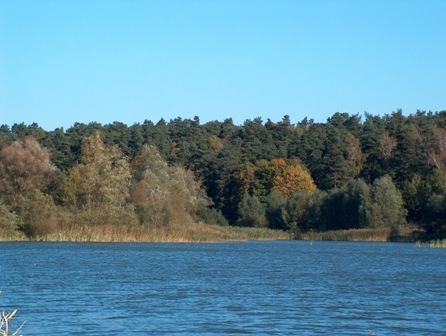Gmina is located on the border of three environmental mega-regions: East Pomerania and Starogard Pomerania, Kaszubski Pojezierze (north-east section) and Żuław Wiślany (north-west section).

It is region rich in woodlands, in which oak and pine as well as beech and pine forests are predominant. One may also find small areas of beech woods and oak woods. The largest wood complexes are the following: Szpęgawski Forest, Swarożyński Forest and Lubiszewskie Woodlands. Here one can come upon deer, stags, wild boar and common small animals like foxes, rabbits, porcupines, badgers and martens.

The climate varies here, but rather dominated by the sea climate, very harsh in the uplands.
The lakes of the gmina are remnant of the Ice Age. Most lie in sand troughs thus their elongated, narrow shape (Rokickie Lake), they are also benthos moraine lakes (round shaped, often with a varied bank line – Damaszka Lake). In addition to these natural lakes, several man-made lakes were made for the needs of lumberyards, fish breeding and for water powered energy purposes. Fish typical for lowland areas are found in the waters of the rivers and lakes. Most common are perches and pike, while rarely found are whitefish, bull trout, salmon and even trout.
